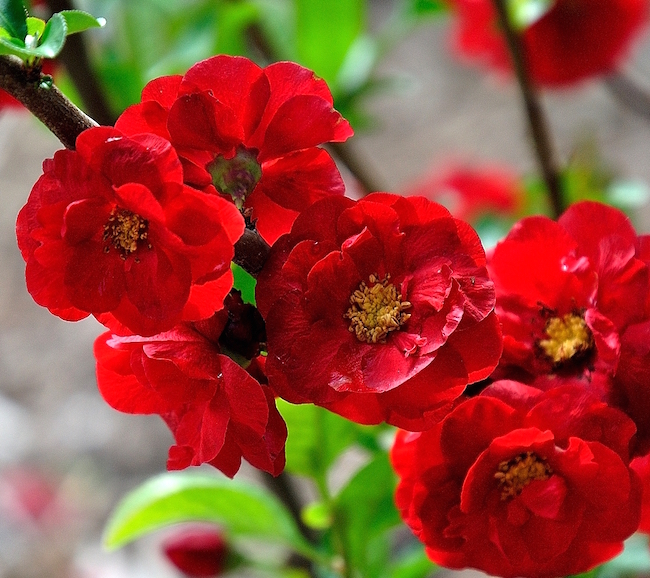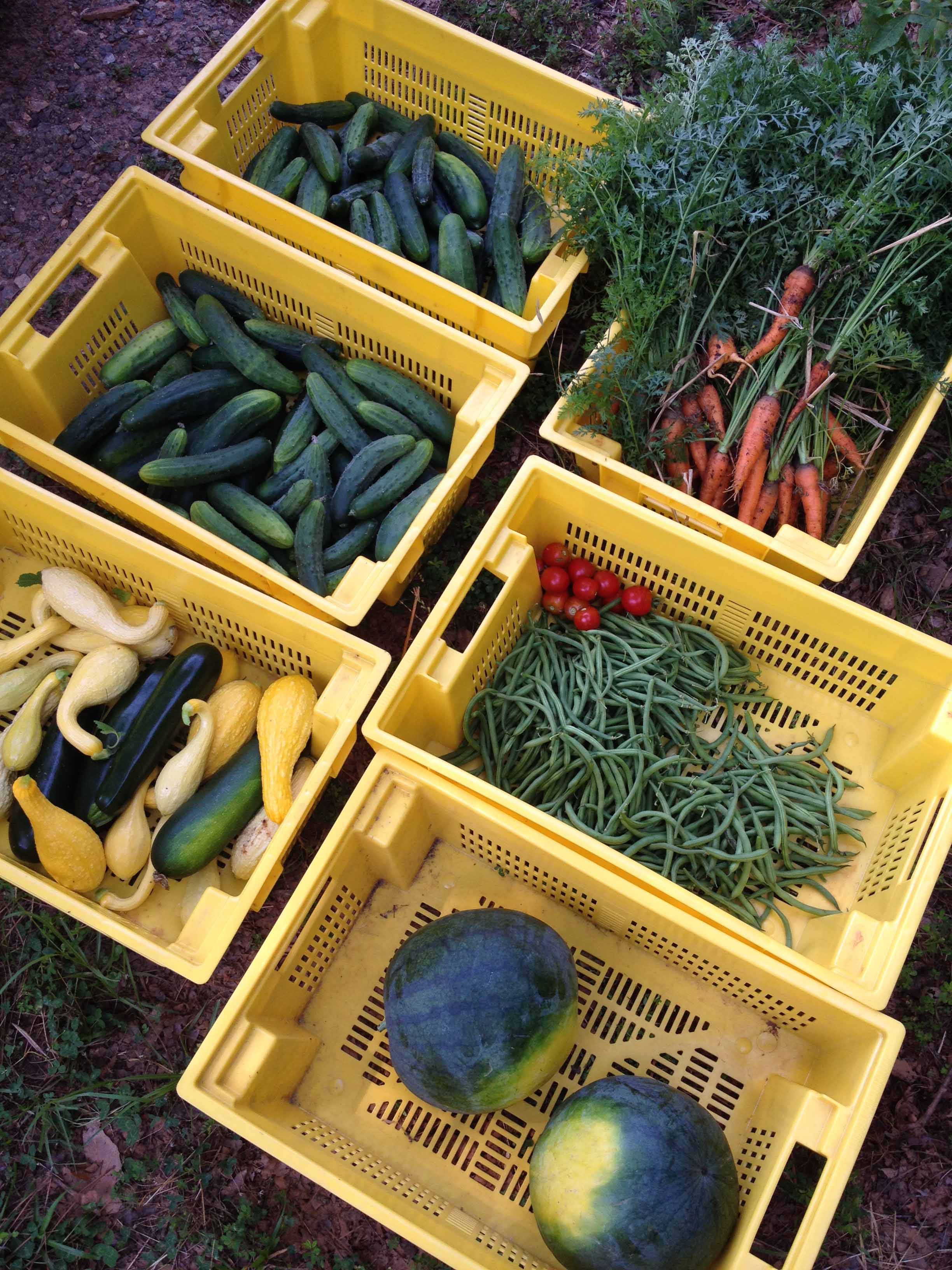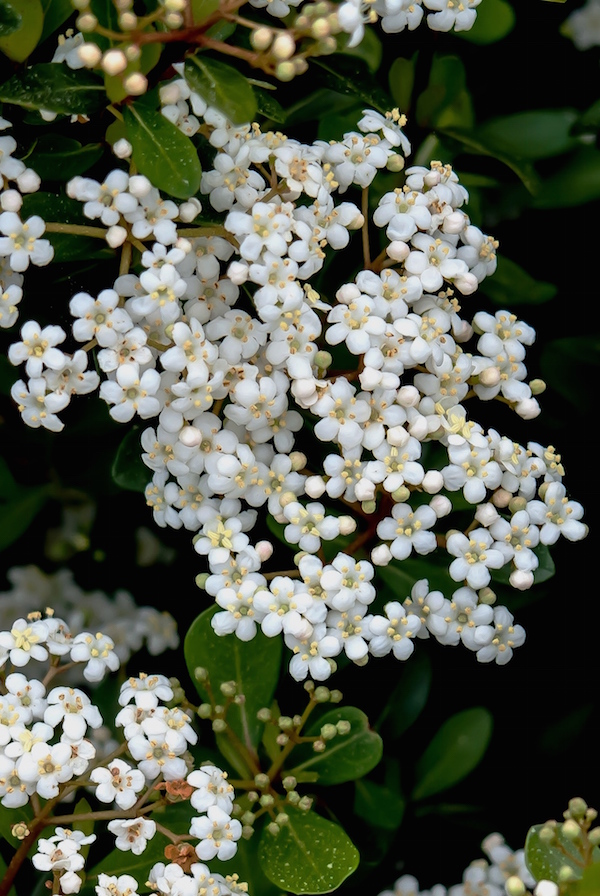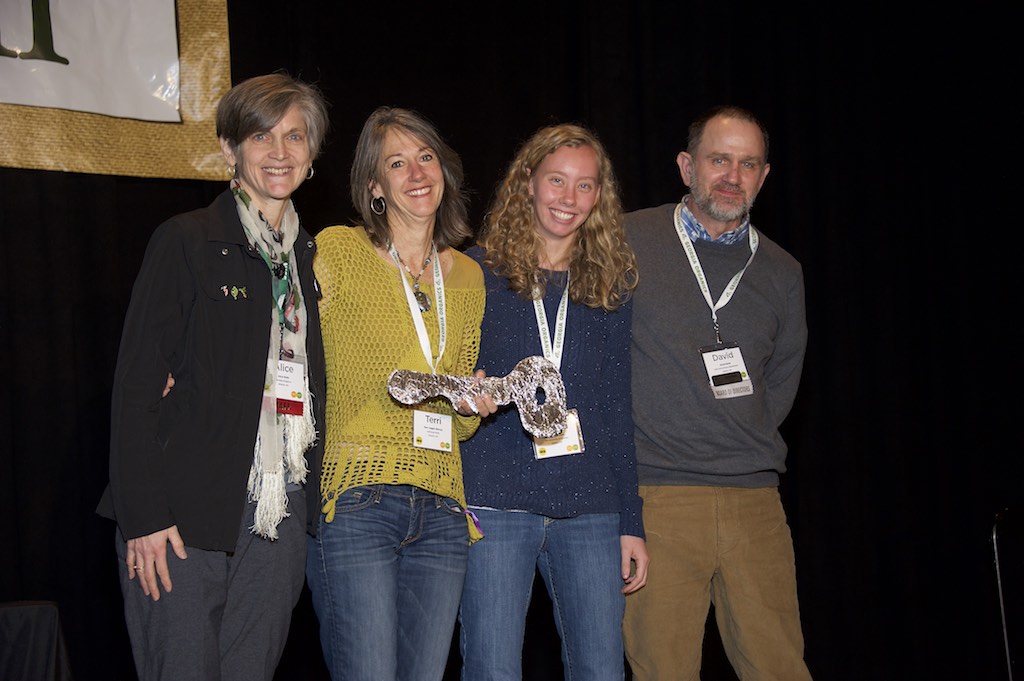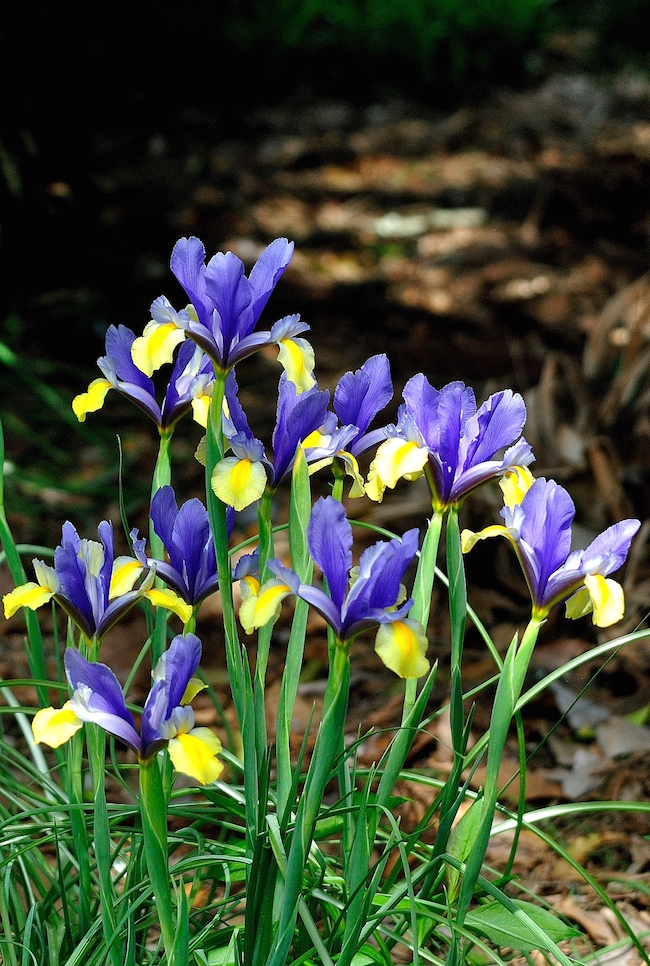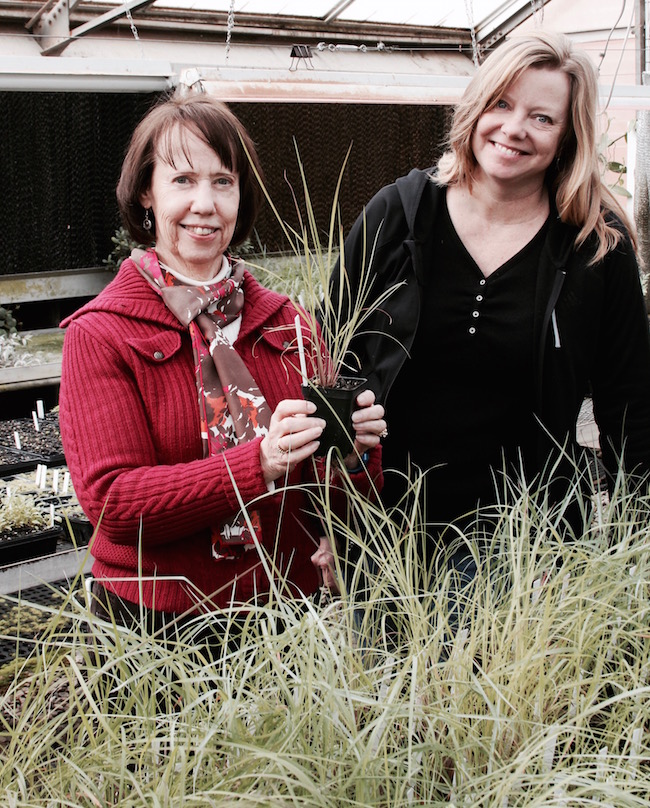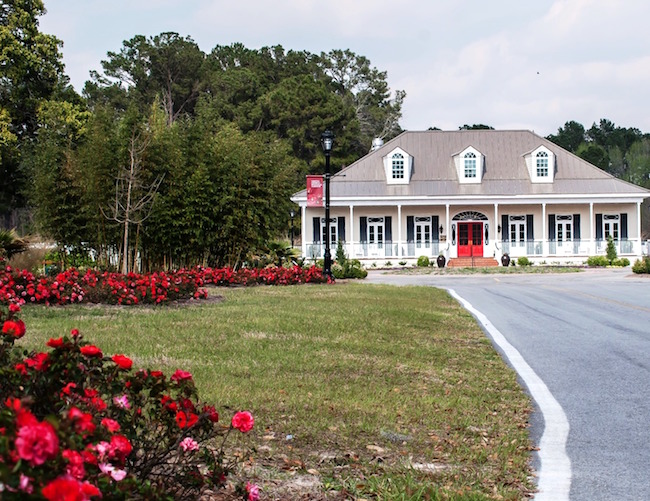 CAES News
CAES News
Drift Roses
If you love Knock Out roses, you will relish growing Drift roses. They come from Conard-Pyle/Star Roses and Plants, the same folks who brought us the Knock Out roses. The Drift roses come in a variety of colors, ‘Red Drift,’ ‘Pink Drift’ (double pink), ‘Apricot Drift,’ ‘Coral Drift,’ ‘Peach Drift,’ ‘White Drift’ and ‘Popcorn Drift.'

